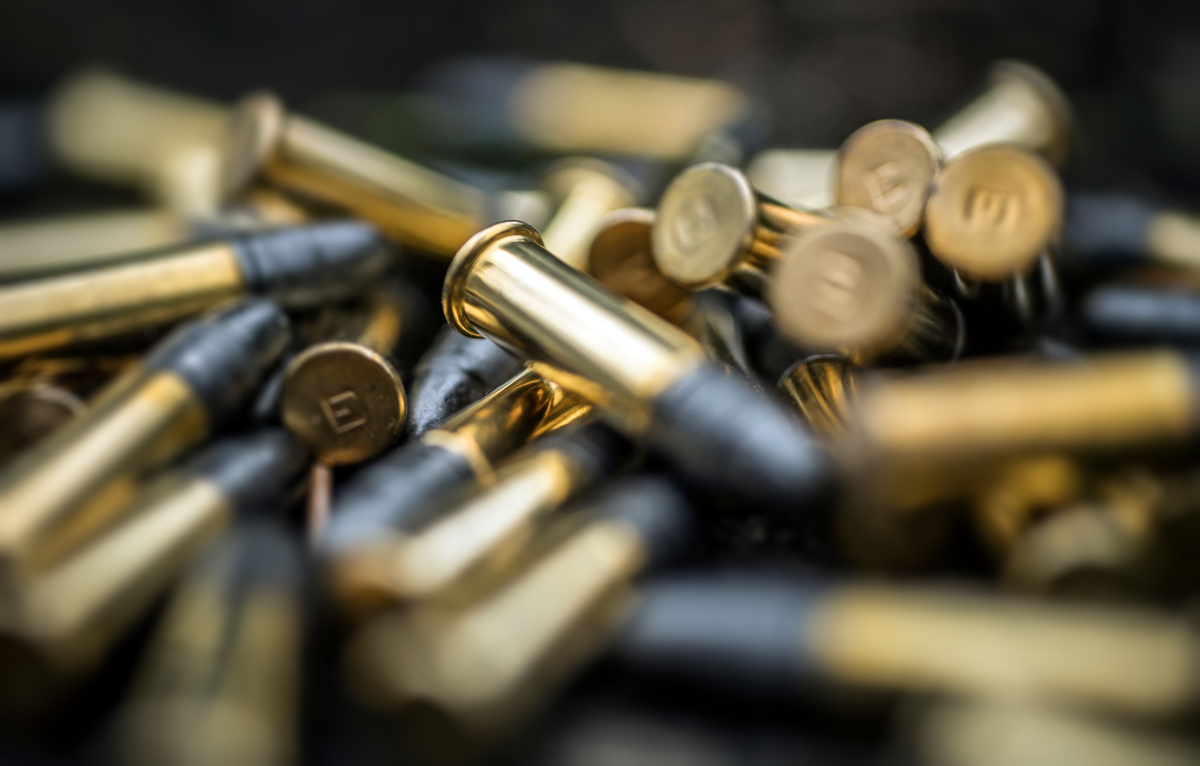You know what's fun?
Folk's repeating the "same old same old", without taking the time to thoroughly check for themselves.
Topics like hi-v 22lr and supersonic transition, sorting cartridges, brand affinities and lubricants.
Either it's something one read in a forum discussion, or had a random act of accuracy occur
but rarely is based on a serious attempt to understand what actually takes place.
Eley states the lubricant used is to facilitate chambering.
Also states it has minimal effect on accuracy.
Why would Eley, a top manufacturer of competition rimfire cartridges, make that statement?
Could they know more than y'er typical rimfire amateur regarding the use of lubricants on bullets?
Try reading the linked comment from the Eley site...

 eley.co.uk
eley.co.uk
Why is lubricant a non-issue for improving accuracy?
Is it the burn residue deposited in the barrel after each shot?
Is the residue wet, or dry? How will that affect the next shot?
Will lubricant fix dents, dings, chips, bullet asymmetry or powder/primer variations?
Will changing lubricant prevent wind effects or is it just another bit of optimism
that rimfire hobbyists apply in an attempt to find some method
to make rimfire better than it actually is as it rolls off the assembly line?
I go with optimism. If it actually worked, the folks that compete at the top levels of benchrest 22lr
would have already produced dissertations with documented data and the math/graphs to back it up.
That ain't happening. Not at all.
Did you know that lead is a lubricant?
Have I tried improving results with different lubricants?
Of course. Can't offer a useful opinion without trying it first, right?
What did I learn? You can't fix crappy rimfire ammunition.
Folk's repeating the "same old same old", without taking the time to thoroughly check for themselves.
Topics like hi-v 22lr and supersonic transition, sorting cartridges, brand affinities and lubricants.
Either it's something one read in a forum discussion, or had a random act of accuracy occur
but rarely is based on a serious attempt to understand what actually takes place.
Eley states the lubricant used is to facilitate chambering.
Also states it has minimal effect on accuracy.
Why would Eley, a top manufacturer of competition rimfire cartridges, make that statement?
Could they know more than y'er typical rimfire amateur regarding the use of lubricants on bullets?
Try reading the linked comment from the Eley site...

Waxing lyrical about .22LR lubricants: beeswax or paraffin wax? | ELEY
All of ELEY’s .22LR rounds have some form of lubricating wax applied. The two main 22LR lubricants being beeswax and paraffin wax. But what’s the difference?
Why is lubricant a non-issue for improving accuracy?
Is it the burn residue deposited in the barrel after each shot?
Is the residue wet, or dry? How will that affect the next shot?
Will lubricant fix dents, dings, chips, bullet asymmetry or powder/primer variations?
Will changing lubricant prevent wind effects or is it just another bit of optimism
that rimfire hobbyists apply in an attempt to find some method
to make rimfire better than it actually is as it rolls off the assembly line?
I go with optimism. If it actually worked, the folks that compete at the top levels of benchrest 22lr
would have already produced dissertations with documented data and the math/graphs to back it up.
That ain't happening. Not at all.
Did you know that lead is a lubricant?
Have I tried improving results with different lubricants?
Of course. Can't offer a useful opinion without trying it first, right?
What did I learn? You can't fix crappy rimfire ammunition.
Last edited:

